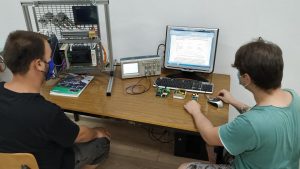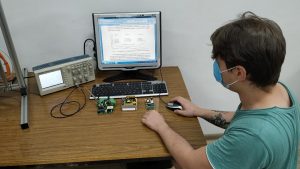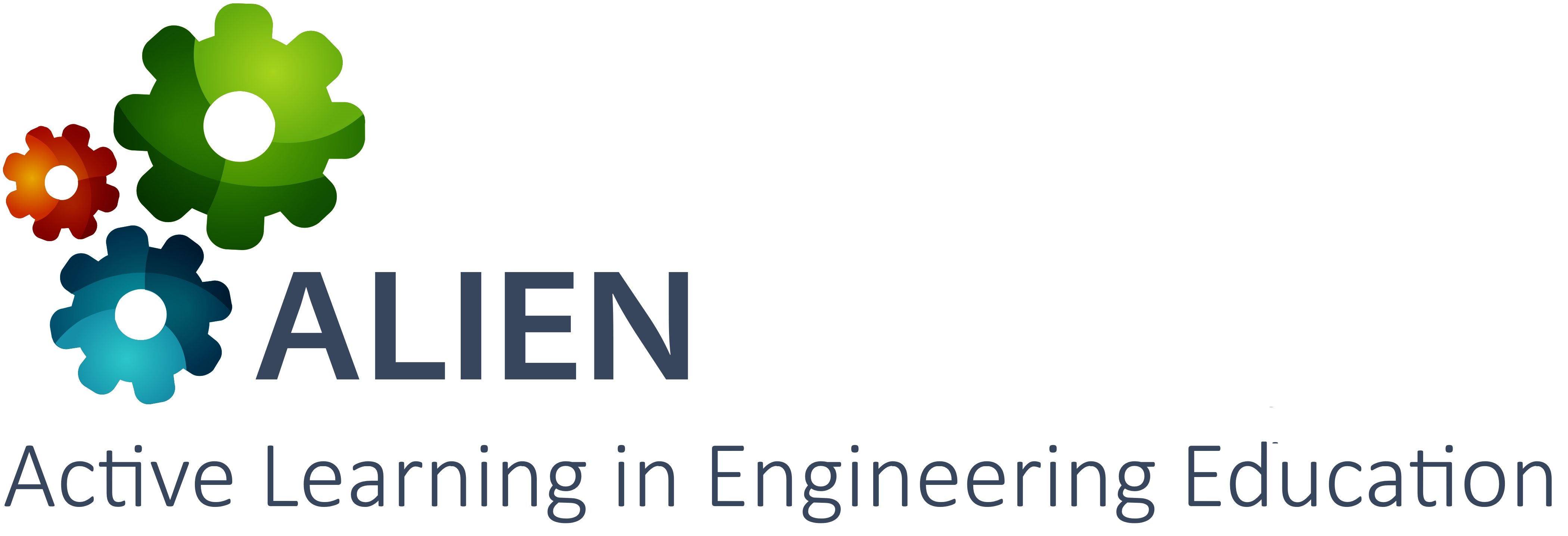 Course overview
Course overview
This course focuses on the theory of linear systems as a type of simple dynamic units. It addresses the stability of linear automatic control systems, the quality processes in the automatic control systems, controls with continuous operation. It also involves elements from the theory of non-linear systems. The course places a special emphasis on the adjustment of controls, the optimization of automatic control systems and the application of digital controls.
Participants in piloting
The course enrolled 30 students in the 3rd year of undergraduate studies, following a degree course in Electrical Engineering. The course is mandatory in the formal curriculum of the Department of Electronics of the Technical University of Gabrovo.
Use of ALIEN services and tools
During the course, students were exposed to active and problem-based learning in the contexts of a team project where they were organized in teams of 2 students so as to investigate the stability of continuous-time linear systems by algebraic criteria. The project was done in several stages:
Step 1 – All students got familiar with the resources provided by the teacher.
Step 2 – Each team made a transfer function model of a linear automatic control system.
Step 3 – Using Matlab Simulink, each team drew a simulation model to investigate the transition and weight function of the system of a transfer function by using zeros and poles of a system.
Step 4 – Each team created a simulation to verify the correctness of the simulation model.

After verification, students were asked to answer some questions related to the work of each team.
The active learning activities allowed students to incorporate IT in their calculations so that they can be prepared for their future work life as engineers. In addition, they were able to improve their analytical and critical thinking, and communication skills and built a team spirit. Problem-solving played a key role.


